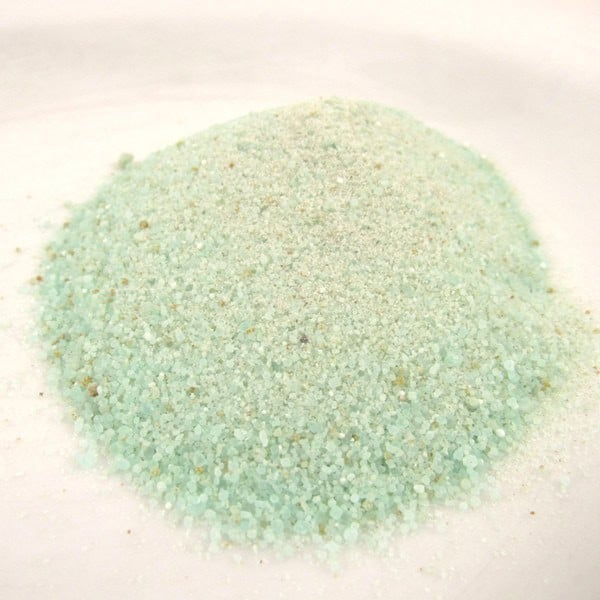This week: Natural dyes and iron on baby clothing, iron to make black and what’s the best way to do an iron dip?
Every week, we are emailed with questions from our natural dye community asking simple and complex questions that we thought might be worth sharing. Of course, all of your burning questions are answered by natural dyer in chief, Kathy Hattori, Founder of Botanical Colors.
I have a question regarding the safety of using natural dyes on clothing for babies. I recently dyed a couple onesies, socks and bibs for a friend of mine who is pregnant with her first child, but after began to question whether or not it would be safe for her to use them. I used organic indigo (using the sugar vat method) as well as osage orange so I did not need to use a mordant. I did apply an iron after bath on some of the osage orange pieces to adjust the color. I then machine washed the garments to rid them of any excess dyestuffs. Are all of the processes/dyestuffs I used safe?
Organic indigo with fructose (the 1-2-3 vat) does not use any ingredients that would cause concern. Osage orange and other plant-based dyes do not have known toxicity issues. The only ingredient that I would avoid is the use of iron. It does bond with the fabric, but since we cannot control your dye or washing process, I can’t say with all certainty that the excess iron is truly removed.
We have had iron tested to see if it left residue when working on a commercial project. The pieces were submitted to an analytical textile testing lab and put through a number of standardized tests. The tests did not show any residue which indicated that any extra iron had been removed; the textile was washed with soap in an industrial washer, then rinsed twice. My advice is to machine wash the iron pieces at least twice with soap.
If your fabrics are well-dyed and are not bleeding or rubbing color, then there should not be any issue with using them for children’s goods. To check for bleeding, soak a piece of fabric in a small clear cup or jar of hot tap water. If the water turns color, then wash the fabrics. For rubbing, take a damp piece of fabric and rub it against a white piece of fabric. If a stain shows, wash the fabric until it does not create a rub stain.
Please note that if you were working with synthetic dyes, such as fiber reactives, you would follow these same washing and rubbing procedures to test the fabric. Let’s start thinking about synthetic dyes as closely.
You said with added iron, logwood’s lightfastness increases and the color darkens to a near black. Will it depend how much iron I use? I was wondering if I could make a more of a grayish purple instead of black?
Yes, the darkness of the final color depends on how much iron is used. If you want to shift the color slightly to create a gray-purple, you can use a smaller amount of iron. The lighter tannins (tara and gallo tannin) will also create a gray-purple when combined with iron.
What is the best way to do an iron dip?
Where and when iron is applied depends on the fiber type and the desired color. Cellulose and bast (plant) fibers can tolerate an iron mordant, but fine wool and cashmere may become brittle, so we only mordant plant fibers with iron.
Alternatively, you can make a separate iron bath and immerse the dyed textile in it to create gray shades or to shift colors. A lesser amount of iron (.25 to .5%) will shift shades slightly, while a greater amount (1-3%) will shift shades to a darker and grayer shade. If the iron bath is about 120F, the shift will occur more quickly. Higher temperatures may also damage protein (animal) fibers, so keep both the iron concentration and the temperature low.

